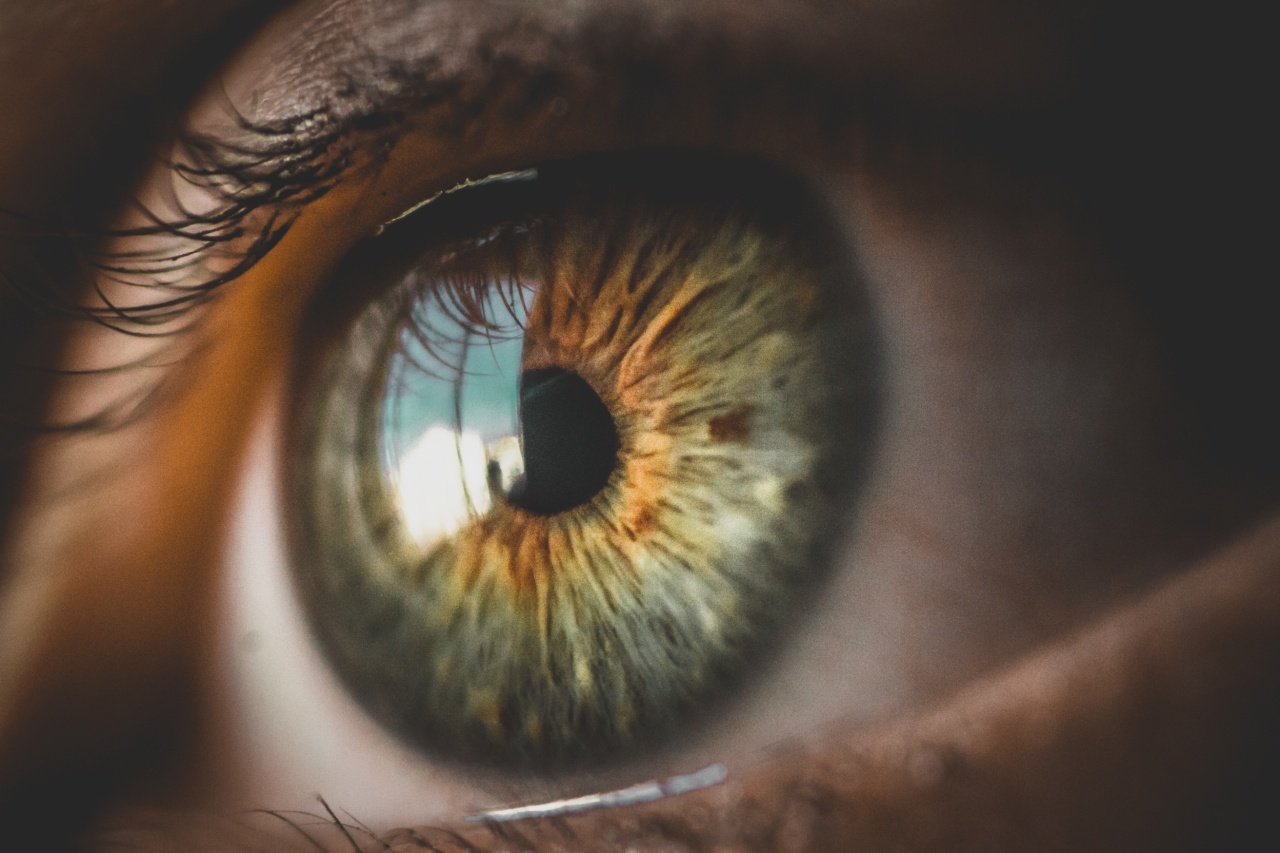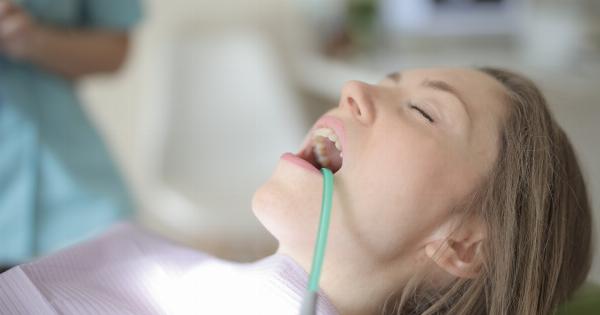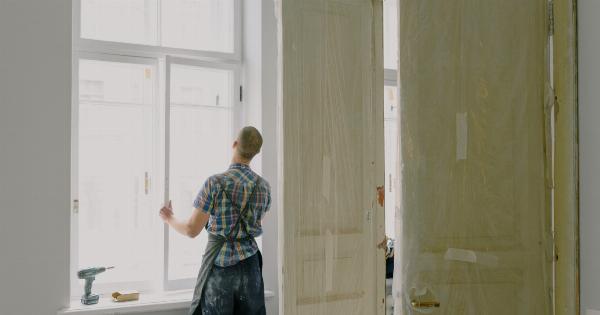Eye barley, also known as a stye, is a small, painful lump that forms on the eyelid. It can develop inside or outside of the eyelid, and it is typically caused by a bacterial infection.
The lump is usually filled with pus, and it can be red, swollen, and tender to the touch.
What are the Symptoms of Eye Barley?
The symptoms of eye barley can vary depending on the severity of the infection. Some common symptoms include:.
- A small, red, painful lump on the eyelid
- Inflammation of the eyelid
- Sensitivity to light
- Excessive tearing
- Crustiness around the eyelid
- Blurred vision
What are the Effects of Eye Barley?
Eye barley can be a painful and uncomfortable condition, but it is usually not serious. In most cases, it will clear up on its own within a week or two. However, there are some potential complications that can arise from eye barley:.
- Recurrent infections: Some people may experience repeated styes in the same or different areas of the eyelid.
- Chalazion: In some cases, a stye may develop into a chalazion, which is a larger bump on the eyelid that is not usually painful but can persist for months.
- Spread of infection: If the infection is not properly treated, it can spread to other parts of the eyelid or even the eye itself, which can cause serious complications.
What Causes Eye Barley?
Eye barley is usually caused by a bacterial infection, specifically staphylococcus aureus.
This bacteria is commonly found on the skin or in the nose, and it can be transferred to the eye through contact with contaminated hands, towels, or other objects. Other risk factors for eye barley include:.
- Poor hygiene: Touching the eyes with dirty hands, failing to remove makeup before bed, or using dirty contact lenses can all increase the risk of infection.
- Fluctuations in hormones: Some women may experience more frequent eye barleys during menstruation or pregnancy due to hormonal changes.
- Medical conditions: Certain conditions, such as blepharitis, rosacea, and diabetes, can increase the risk of eye barleys.
How is Eye Barley Treated?
In most cases, eye barley will resolve on its own within a week or two. However, there are some home remedies that can help speed up the healing process and relieve symptoms:.
- Warm compresses: Applying a warm compress to the affected eye for 10-15 minutes several times a day can help reduce inflammation and speed up the healing process.
- Keeping the eye clean: It is important to avoid touching the eye and to keep it clean by using a mild soap and warm water.
- Avoiding makeup: Avoid using makeup or contact lenses until the stye has healed.
If the stye is particularly painful or persistent, a doctor may prescribe antibiotic ointment or drops to help clear up the infection. In rare cases, a doctor may need to drain the stye if it is particularly large or persistent.
How Can Eye Barley be Prevented?
There are some steps that can be taken to reduce the risk of developing eye barleys:.
- Practice good hygiene: Washing the hands regularly and avoiding touching the eyes can help reduce the risk of infection.
- Remove makeup before bed: Leaving makeup on overnight can increase the risk of eye infections.
- Clean contact lenses thoroughly: Ensure that contact lenses are cleaned and disinfected properly to prevent the spread of bacteria.
- Treat underlying conditions: Managing conditions such as blepharitis, rosacea, and diabetes can help reduce the risk of eye barleys.
When to See a Doctor
In most cases, a stye will resolve on its own within a week or two. However, it is important to see a doctor if:.






























